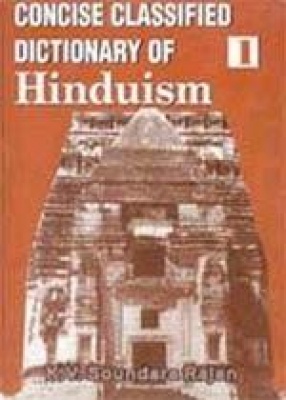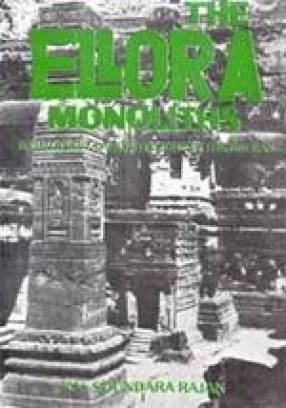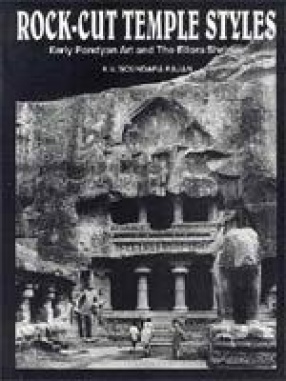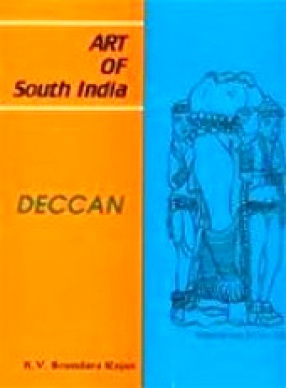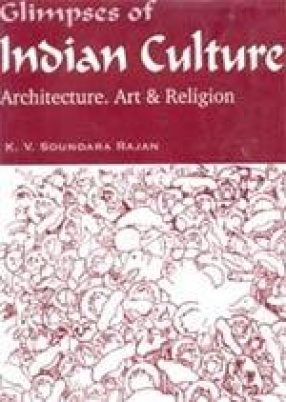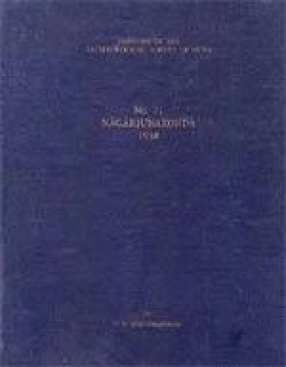-
×
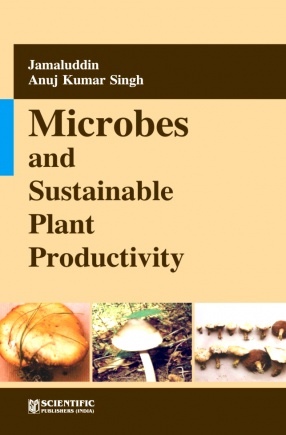 Microbes and Sustainable Plant Productivity
1 × $62.10
Microbes and Sustainable Plant Productivity
1 × $62.10 -
×
 Nothing at All: Short Stories
1 × $18.90
Nothing at All: Short Stories
1 × $18.90 -
×
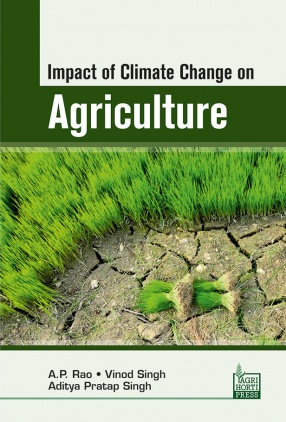 Impact of Climate Change on Agriculture
1 × $60.30
Impact of Climate Change on Agriculture
1 × $60.30
Subtotal: $141.30

 Microbes and Sustainable Plant Productivity
Microbes and Sustainable Plant Productivity  Nothing at All: Short Stories
Nothing at All: Short Stories  Impact of Climate Change on Agriculture
Impact of Climate Change on Agriculture 